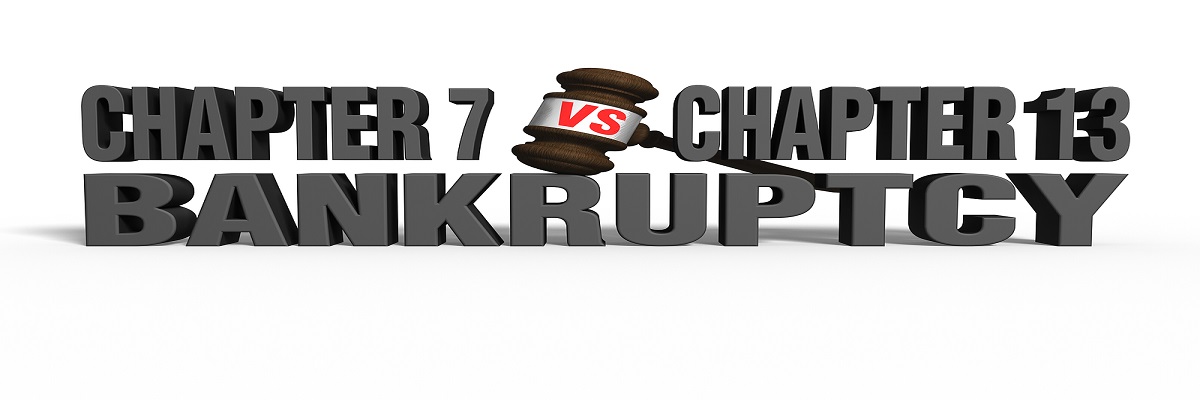Call: 888-297-6203
If financial problems are plaguing you, a bankruptcy filing is an easy way to get rid of debts. However, there are some limitations to the process. Bankruptcy can help halt the collection process, including wage garnishment and eliminate some types of debts (medical bills, personal loans, credit card debt, etc.). Unfortunately, some debts like student loans, spousal and child support, alimony, tax debts, etc.
You can wipe some of your debts to get a fresh financial start when you file for bankruptcy. Depending on your income, debts, and assets, you can file for bankruptcy under Chapter 7 or Chapter 13. Irrespective of the chapter you file, the court enforces automatic stay, which prevents creditors’ harassment considerably. They cannot call you at your workplace, garnish your wages, take any legal action. Still, they can collect support payments, and any criminal case against you will continue.
Filing for bankruptcy also halts any repossession, foreclosure, or eviction process, albeit only temporarily. If the landlord already has an eviction judgment against you, bankruptcy will not reverse it. In case of Chapter 7 bankruptcy, unless you bring your account current, you will lose the property to repossession or foreclosure. Chapter 13 allows you to catch up on past due payments due to which you might be able to keep the asset.
Unsecured debt such as credit card debts, medical bills, personal loans, overdue utility payments, etc., can be wiped when you file for bankruptcy. Apart from student loans, other nonpriority unsecured debts can be eliminated with a bankruptcy filing. Assets like automobiles, jewelry, home, furniture, and any large appliance are secured debts since these items can be repossessed if the debt is not paid. If you cannot afford to pay for the secured assets, you might ned up losing the asset (car, house, computer, etc.).
Differences in the two bankruptcy chapters
While both Chapter 7 and Chapter 13 bankruptcy chapters can help eliminate debts, there are some differences between the two.
Chapter 7: This bankruptcy chapter takes three to four months to complete, and you get bankruptcy discharge without paying any debt. This chapter is primarily for low-income filers. You cannot keep any property if you are behind on payments. Any non-exempt property is liquidated by the bankruptcy trustee, and the proceeds are distributed among the creditors.
Chapter 13: This chapter requires you to pay off some part of the unsecured debts over a three-to-five-year repayment plan. Any unsecured debt that remains is usually discharged after the repayment plan. A bankruptcy filing can stop foreclosure, and the lender can accept the payment made through the repayment plan. You can even keep the non-exempt property if you can pay for it. You can even reduce the secured debts if the property’s worth has decreased over time.
What not to expect in Bankruptcy?
Bankruptcy has its limitations. It cannot prevent a secured creditor from foreclosing on a property that you cannot afford to pay for. Though debts are eliminated through bankruptcy, liens still survive and allow the lender to foreclose, repossess and sell it once the automatic stay is lifted. The lien exists till the debt is paid off. Apart from this, you are obliged to pay for child support and alimony as these debts are not eliminated in bankruptcy. You need to pay for these debts in full along with student loan debt. However, in special circumstances (undue hardship), you can discharge the latter debts. Some older unpaid tax debts might be eliminated but getting a discharge of tax debts is difficult in bankruptcy. Apart from this, any debt you forgot to list in bankruptcy papers, fraud-related debt, and non-dischargeable debts like fines and penalties must be paid through the repayment plan.
To know more about bankruptcy discharge in Los Angeles, call 888-297-6203.

